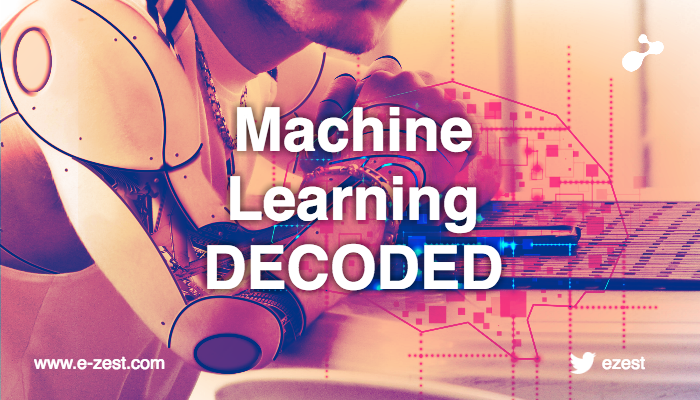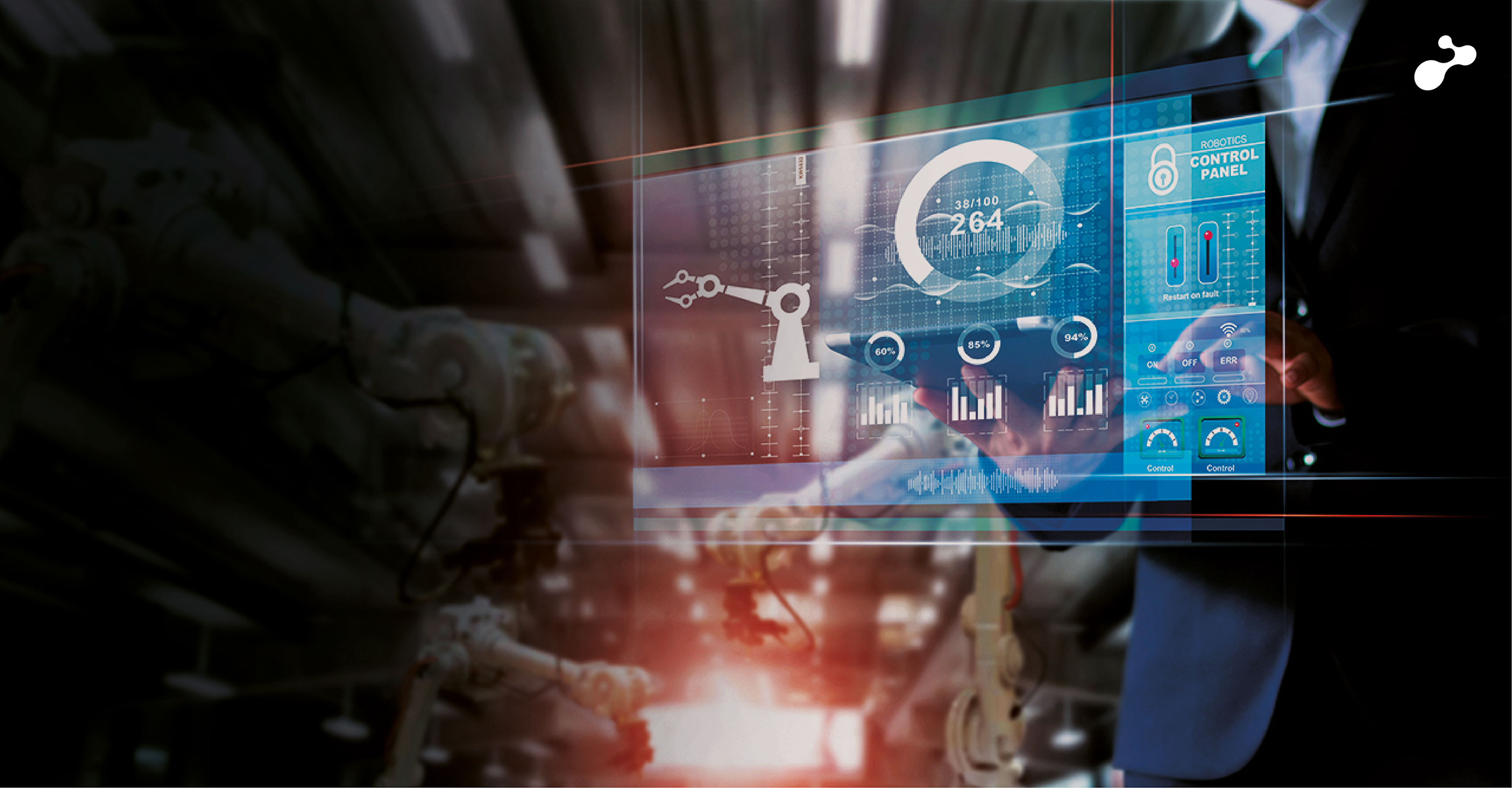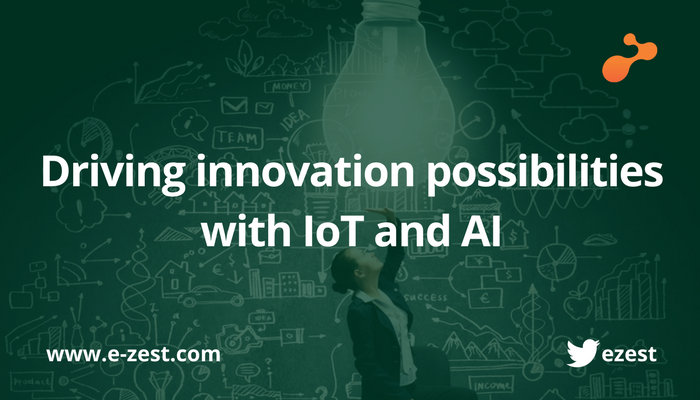
What is machine learning? Simply put, it's a software derived from data - A self-taught software system that learn from data to solve complex problems.
As an intrinsic part of AI, machine learning refers to the software that enables algorithms derived from data through self-learning without any human intervention. Machine learning’s strength lies in its capability to learn from data.
You’ve probably come across the term “machine learning” more than a few times lately. Often used interchangeably with artificial intelligence, machine learning is in fact a subset of AI, both of which can trace their roots to the late 1990s when advanced technologies and computers allowed Data Scientists to train computers to generate algorithms. This was the time when machine learning assumed its status of a separate discipline. The proliferation and diversity of data has enhanced the importance of machine learning the way we know it today.
Regardless of you knowing it or not, machine learning is also something you probably encounter every day. The Siri and Alexa intelligent voice assistants, Facebook’s and Microsoft’s smart facial recognition, Amazon and Netflix recommendations, the advance technology that keeps self-driving cars from crashing into things – all are a result of innovation sprouted from machine learning.
While still nowhere near as complex as a human brain, systems based on machine learning have achieved some impressive feats, like defeating human challengers at chess, and predicting various outcomes in football matches and analyzing data to prevent plane crashes and to find anomalies in aircraft systems.
Dismissed for decades as unrealistic and overhyped both AI and machine learning have taken a huge resurgence over the last few years, thanks to a series of technological breakthroughs, a massive surge in cheap computing, and expansion of data for machine learning models to chew on.
So, to understand machine learning, you must start by knowing what it is not. It is not a conventional, hand-coded, human-programmed computing application.
Unlike conventional software, which is great at following instructions and needs human intervention, machine learning systems code themselves, develop their own instructions by generalizing or improvising from examples or data that they are fed on.
The classic example is image recognition. One you show a machine learning system enough photo of cars (labeled “cars”), as well as pictures of dogs, cats, babies, trees, bananas, or any other object (labeled “not cars”), and if the system is trained well it will eventually get good at identifying images, without a human being telling it what a car is supposed to look like.
The spam filter in your email is another good example of machine learning in action. After being exposed to millions of spam samples, as well as non-spam email, it has learned to identify the key characteristics of those unwanted messages which is usually pretty accurate.
The purpose of this blog is to give you an overview of machine learning and the many ways it is being used by most of us in simple ways. In the next blog, we'll delve into more advance use cases on how machine learning works, why it matters for enterprises today, forcing them to give it a thought.










